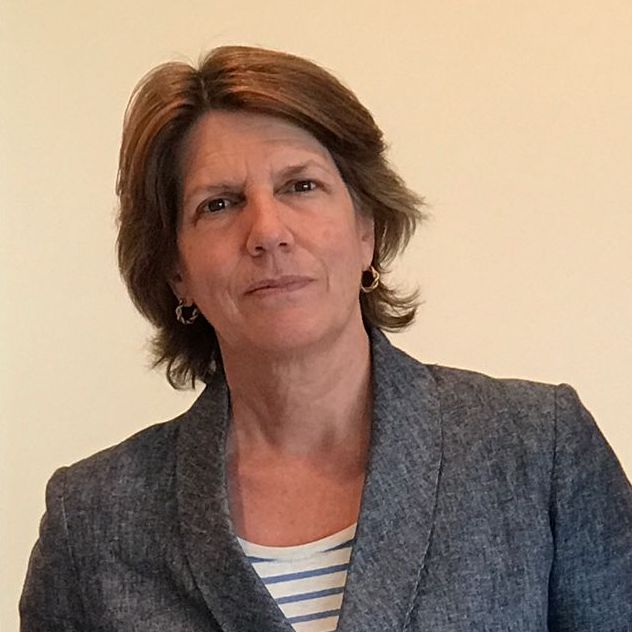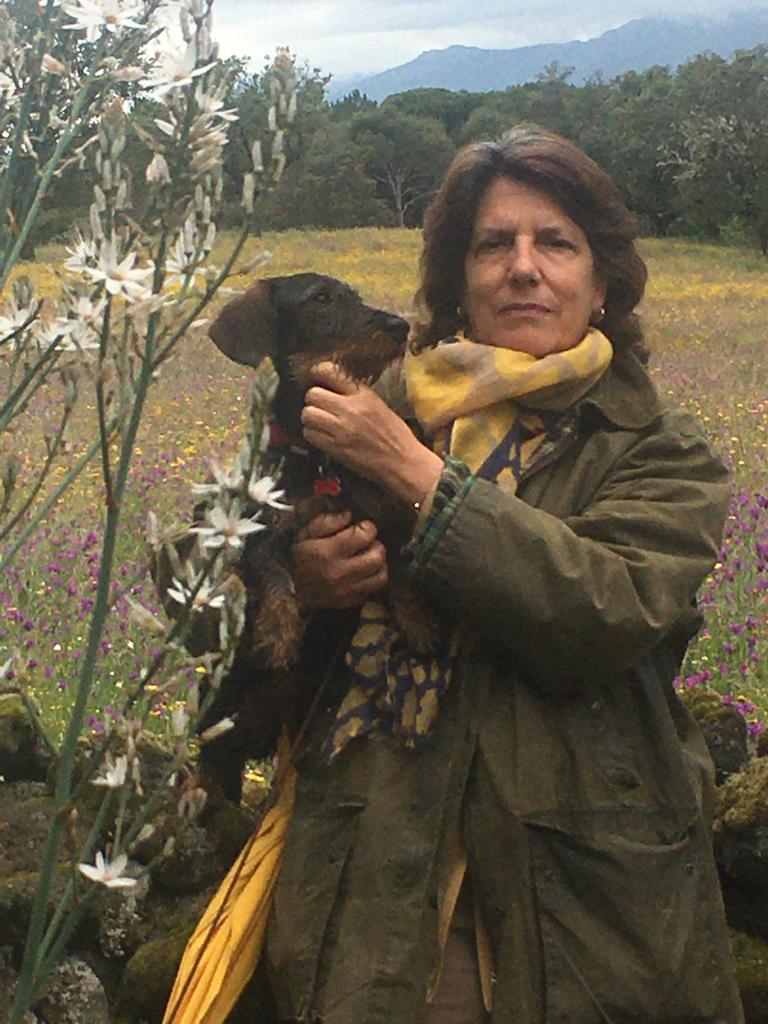FHB Interview with SOFÍA BARROSO
SOFÍA BARROSO, THE ART LADY
Sofía Barroso have lived surrounded by art 24 hours a day, either at her atelier, at home or because of many activities related to art for decades. A call rings when ARCO open again after the Covid, and there is her talent to organize it. Nevertheless, her interest has also recently been focused on a specific kind of art, the one made by nature: landscaping. Indeed, landscaping takes on a new approach when it is dealt by an art expert who, in addition, is perfectly familiar with the tradition of the English garden that “is as important as the house.”
ISABEL AIZPÚN
September, 2021
You live surrounded by art everywhere … Even your own house is a magnificent place that seems designed for artistic creation.
Yes, I live surrounded by art. It is also a tradition, my grandmother Carmen Marañón Moya was an art historian, belonging to the first Spanish university generations. She was also an art collector and used to pay a lot of attention to the aesthetic perception of the places where she lived. She collected along with her husband Alejandro Fernández de Aráoz. Part of their collection is on display this summer at the Bilbao Fine Arts Museum.
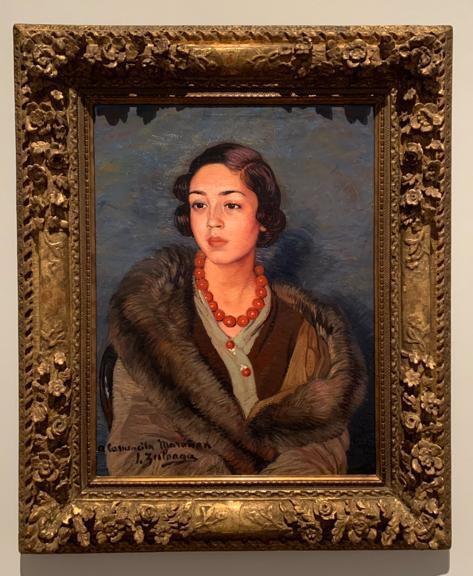
Along 30 years of your company path, with the company Around Art, you will have adapted to many situations and currently adopted many projects due to the Covid. Certainly it will also have affected the world of culture and art.
Of course, it did. We have closed the headquarter and readjusted some spaces in order to continue specific activities. But it’s really been 35 years that I’ve been hosting American and European museums and foundations, for which we organize special art programs. It may be for the Metropolitan in New York or the Decorative Arts in Paris or Philadelphia… We organize customized trips… Even conferences when I consider that there can be addressed issues that were not approached before in Madrid; and my daughter and I are in charge of the maintenance and development of the Galiana palace gardens, it was created by my grandmother Carmen Marañón in Toledo. www.palaciodegaliana.es. And in this last period, we have decided to adjust the seating capacity for 20 people.


Palacio de Galiana 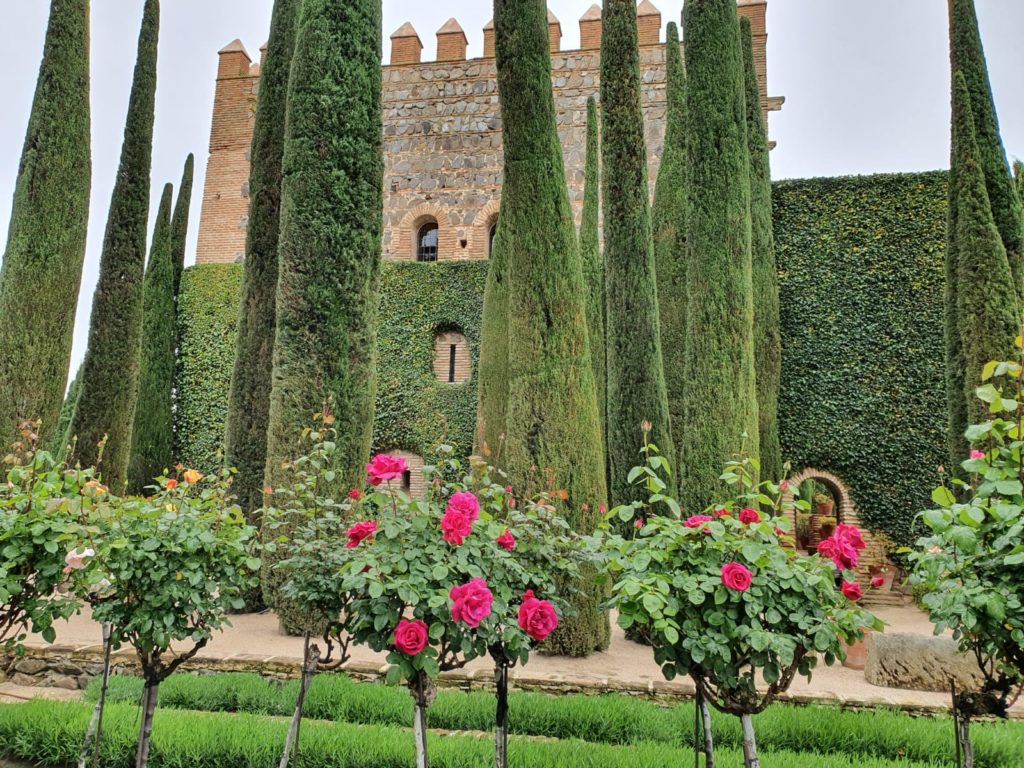
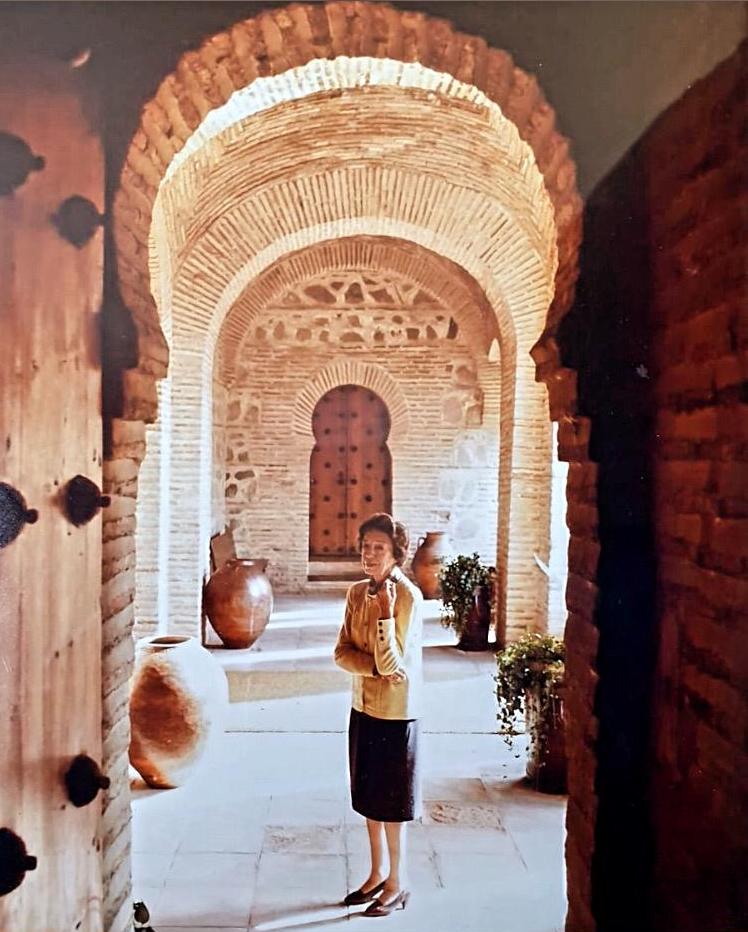
photographed in the Palacio de Galiana (Toledo)
Seating capacity that is now especially required by the Around Art landscaping courses
These are courses taught by the Luengo, wonderful experts. They have been one of the main theorists and responsible that the Jerónimos area in Madrid has become a UNESCO heritage site with “Landscape of Light”. In fact, with this team we thought it would be interesting to organize a course for the British Hispanic Foundation because some of them have to do with the English garden. My motivation on landscaping also comes from my ties with England. I was born in London, I lived there until I was five years old. My grandmother’s little sister, Mabel Marañon Moya, married Thomas Ferrier Burns (father of journalists Tom and Jimmy Burns) and both were the most welcoming with Spaniards arrived in London in the ‘60s, ‘70s and ‘80s. In the pre-Internet era, their house was always open to Spaniards who came to London. They introduced them to the society and helped them with their accommodation. Mabel founded the Anglo-Spanish Society and the Spanish Welfare Fund. Now her daughter Maria Belén Burns, Lady Parker, has taken the torch as well as Jimmy Burns, current president of the Anglo-Spanish Society.
So, I have that English side, and that’s why I would like to relate these courses with England. Furthermore, we organize other ones where we talk a lot about the Mediterranean garden, a sustainable garden, though in terms of vegetation all landscapers have been trained in England.
And, why this garden tradition in the UK?
Well, it is a cultural issue. Spanish people see a flower and walk on it whereas English people puts it in a flower bouquet, it is a different culture. In England there is always a bouquet of flowers inside homes. It does not matter if it is in the city or the country. In Spain there is less tradition of having flowers in houses. The English Garden has its own features, the contemporary from England is composed of herbaceous plants. It is modelled on the garden of the XIX century and principles of the XX. It is a much more country garden, in harmony with nature. People work a lot in the orchard that is part of the garden
And ¿might these courses influence customs in some way?
I guess there is something to change between all of us. The historical garden course, pose the question about what is a garden, because a garden might be the flowerpot you have on your terrace. It’s about how you can change the physiognomy of the surrounding through the vegetation world. Owing to the pandemic, people are becoming much more aware of the greenness that surround them. We will also count on with one of the contemporary Spanish landscapers, because we have a magnificent team of Spanish landscapers; and other one about history of gardens.
I have read a definition that links art and gardens: landscaping is writing or painting using nature …
It is an artistic expression, indeed. In my courses there are many artists as sculptors and painters. It is a way of planning and shaping the landscape in a very creative way. It is like Land Art. It is an intervention in the landscape.
How do you become a respected / admired landscaper?
You get your Curriculum Vitae by means of your works, as a painter or as an architect. But progressively you have also to learn about botany, aesthetics and achieve your own style. Moreover, you must learn about climatology: it isn’t possible to design a Mediterranean garden in Norway because it falls down in five minutes, and neither a green garden covered with grass in Spain because it is not sustainable and costs a lot to preserve it. Many disciplines are closely intertwined, botany, art, the spatial perception …
Have you got any special motivation to devote to landscaping?
Because I enjoy it in my own life. It enriches myself. I would do landscaping, for a change. I am an art historian, and landscaping or decorative arts are treated little in art history. In five years of study, it is not even mentioned. At heart I believe that, until now, the degree in art history in Spain don’t give you a training which allow you to live on that, then you have to become completely self-taught.
As an expert internationally recognized art historian ¿why do you say no to a piece of art or an author when they raise a query?
This is a matter of perception, like when you taste a dish and you like it or not. Art is to be continuously watching… and thus you sharpen your visual skills and see what is good, less good and what is bad. It is a visual and cultural refinement. Currently, much is being said about internet art … But, actually it’s very different to look a piece of art on the internet than to have it in front of you and appreciate it with your own senses, as with textures … you miss a lot of details; Because it’s all a matter of watching, watching and watching … Definitely art, like architecture or landscaping, or like music, is a way of life, where you try to be surrounded by what you like and what you believe in.
Coming back to landscaping, are there also changing trends? Or is nature which order and decide?
Right now, a natural and sustainable garden is becoming quite trendy. It is not so much about designing large forecourts but of doing beautiful and sustainable creations, embedded in the environment and adapted to the weather so that it can be well maintained. The landscaper is looking at the preservation of the garden. It is a very nice activity but it also tough, precisely because of the climatology. The garden has to grow, it has to spread, you want to see it lush, but you have to give it time to grow properly.
Could vertical gardens be considered a trend or a fashion?
It is a fantastic trend; it is humanizing the city. Imagine removing trees from the middle of the city … If you remove them, you turn your surroundings into an urban jungle. We come from nature and the greenness help to humanize, much more as time goes by. Maybe I am getting older … Young people became more aware, but then they make “botellón” (*). As for me, my English side comes out I take my bag and pick up the litter that I find lying in the park or on the street, it’s something very common there. As in the case of volunteers that pick up the litter on country’s beaches…. Here we have not reached that level yet.

(*) botellón: term used in Spain to designate a gathering of young people, usually in open green spaces with free access, to drink alcoholic beverages that they have previously purchased in shops.

